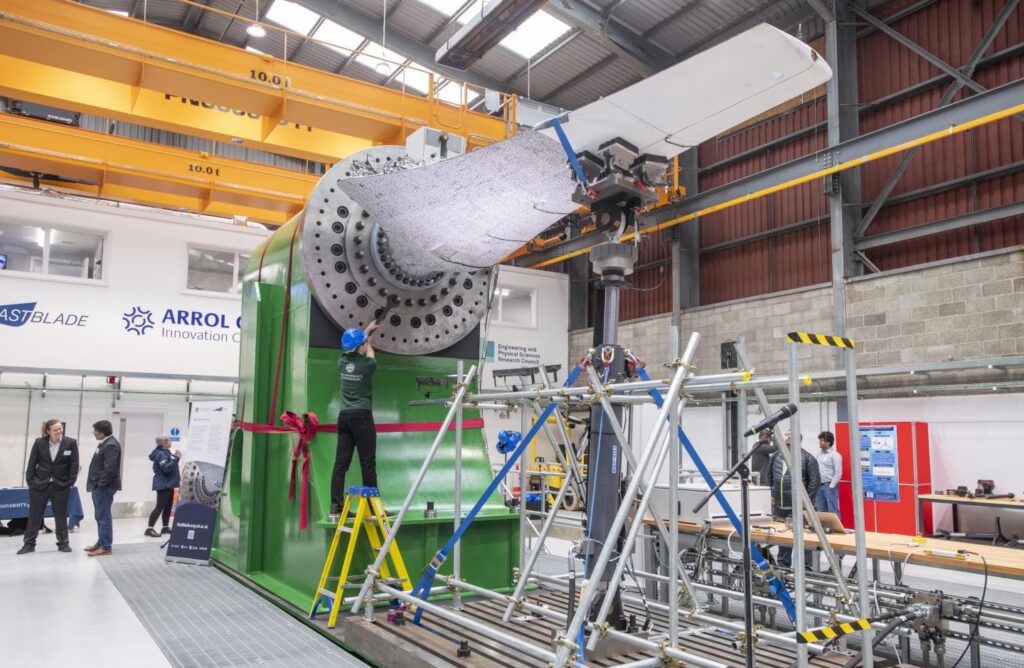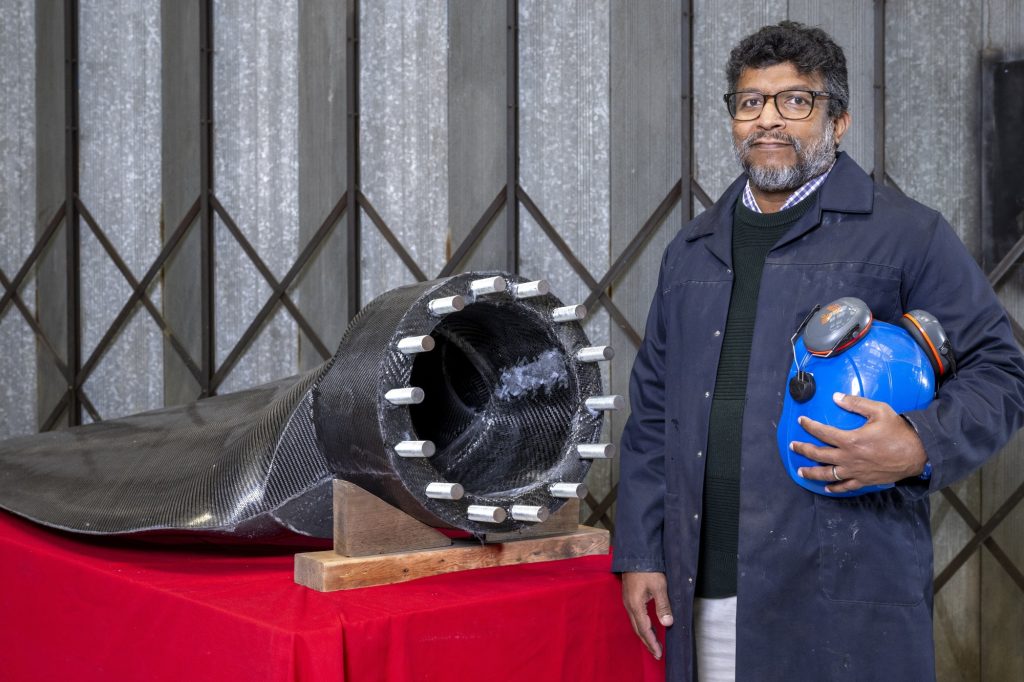New Tidal Turbine Blades Could Potentially Lower the Cost of Tidal Energy

Scientists, engineers, and companies are always searching for renewable energy generation that will cut energy the cost of energy production dramatically. One system that could provide a major boost is the tidal turbine blade locally developed in Scotland, which, according to a statement, is cost-effective.
Design engineers from the University of Edinburgh manufactured the turbine at FastBlade, the first facility in the world designed to test tidal turbine blades. The facility is located in Fife, Scotland. The team announced that it could reduce the average cost of tidal energy. According to them, the new structure, which is a first in the world, will likewise reduce the materials needed in its manufacture. Thus, it will reduce the cost of manufacturing the blade, its weight, and its volume.
The global tidal energy potential is about 100GW, worth around $76 million. Global markets for tidal energy include Chile, China, South Korea, Japan, Indonesia, and Canada.
High project cost
The tidal motion of the ocean generates tidal energy. Energy companies capture it by implementing a tidal turbine installation. However, it is not used extensively, although it is more predictable than wind or solar energies.
The factor that hinders the utilization of tidal energy is its production cost. Tidal barrage projects cost millions. Moreover, the project needs stronger tidal turbines than wind turbines to overcome the strength of ocean currents. The UK’s current contract price per MWh is about £178 ($216). On the other hand, offshore wind only costs £65 ($79).

A new type of construction
The team said their construction has never been employed in producing turbine blades. Its monolithic construction makes the blade more resistant to tidal stream conditions. This type of construction removes the weaker adhesive joints used in traditional rotor blades. Their new manufacturing process is faster and cheaper. FastBlade leader and University of Edinburgh’s School of Engineering professor Dr. Eddie McCarthy said their long-term goal is to match the average cost of energy of tidal stream energy with the average cost of offshore wind.
Industry collaboration
The Edinburgh team built the new turbine blades with Tocardo Turbines for QED Naval, a tidal energy technology company. The latter is part of TIGER, a European Tidal Stream Industry Energizer Project.
The QED Naval explained that the project aims to speed up a cost-cutting route to test and demonstrate the new system’s up to 8 MW tidal capacity. They are testing the new system at different locations along the UK section of the English Channel.
The University of Edinburgh team is currently seeking funding to conduct an in-depth test of their fifth blade. The four finished blades are already at QED’s Subhub tidal platform. They are now conducting sea trials in Langstone Harbor on England’s south coast.
The team hopes that projects like these will become alternative sources for the region’s growing demands, particularly in the UK, which is under excessive energy price hikes.